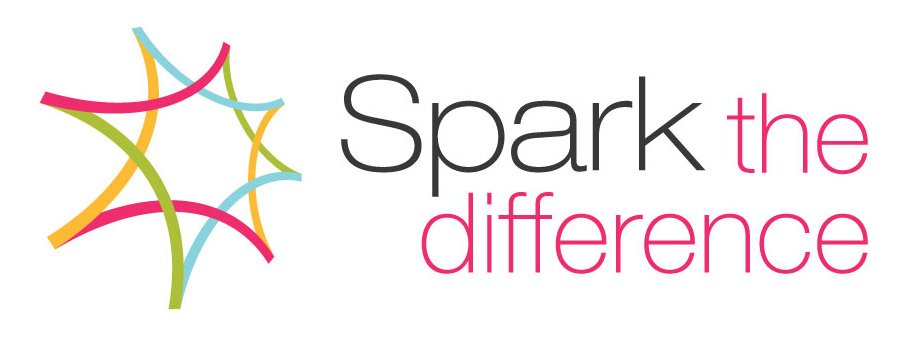Placing local family voices at the heart of commissioning
We’re seeing a shift towards place-based commissioning across integrated care systems; and a growing movement to involve service users in the design and delivery of services. However, commissioners often need expertise or more capacity to translate people’s feedback into actionable insights.
About the project
Purpose: an inclusive engagement project to inform commissioning
Clients: Surrey County Council and NHS Surrey Heartlands ICB
Scope: complex and politically sensitive landscape: 25 children’s community health services across Surrey. New 8 year contract, with multi-million pound budget
Delivery timeframe: June - November 2022
Activities: engaged with 96 service users/families, 43 staff members, conducted 11 site visits, attended local community events and received support from 17 system partners and groups with over 300+ written contributions.
From word clouds to actionable feedback
People have busy and complex lives: mapping 50+ health interactions for one family over 17 months
Surrey health commissioners took an opportunity in their commissioning cycle to gain deeper insights to inform the design and specification of their future services.
While commissioners had service performance data and some feedback across multiple user engagement forums, they felt they lacked actionable insight into:
Current experiences of children, young people, their families and carers;
What’s working well and what isn't working well for both service users and professionals across the county; and
How lived experience can shape community health support for families going forward.
“The insights and actionable feedback gained from this piece of work are invaluable, enabling our re-commissioning process to incorporate improvements highlighted by children, young people and their families.”
Caroline Boardman
Strategic Commissioning Lead, Surrey County Council
How we did it
We needed to draw together what matters to local people about their local community services.
Inclusive approach: To better understand equity in service provision and experience, it was important to listen to a diverse range of voices and needs. We paid particular attention to creating representation across social demographics and locations.
Comprehensive engagement: Using this inclusive approach, we connected with 140 different people to gain a holistic view: with children, young people, parents, carers and front line professionals; in clinical settings, community locations, offices and family homes; spanning sectors of health, education, and voluntary services. We worked across 11 site visits, community events; connecting with 17 system partners and receiving 300+ written contributions from other projects.
Insightful feedback: We then undertook rigorous analysis using a range of operations research and continuous improvement techniques. We combined this rich narrative data with our deep understanding of the complex landscape. From this, we developed user-centred, actionable feedback.
Actionable feedback is a series of statements that can be used across services. It is more specific and descriptive than the big picture strategy. It is not so specific that it only relates to 1-2 individual services.
Informed decisions: Our findings were shared in a comprehensive report with narratives, insights, and actionable feedback. This included five representative personas and infographics to enable commissioners to tell the stories of real people in board meetings and decision making forums.
What difference did it make?
Commissioners broadened their perspectives from ‘what matters to children’ to ‘what matters to the whole family?’ Shared language enabled better service design for layers of complexity.
Children and young people, their families and carers valued the opportunity to have their voices heard and to contribute to service improvement.
Their feedback directly shaped the future service delivery model and the final report was shared with potential providers as part of the procurement process.
The project sparked a real commitment for continued service user involvement and co-production.
Example of visual communication from the project: a ‘one pager’ used to communicate work to stakeholders







